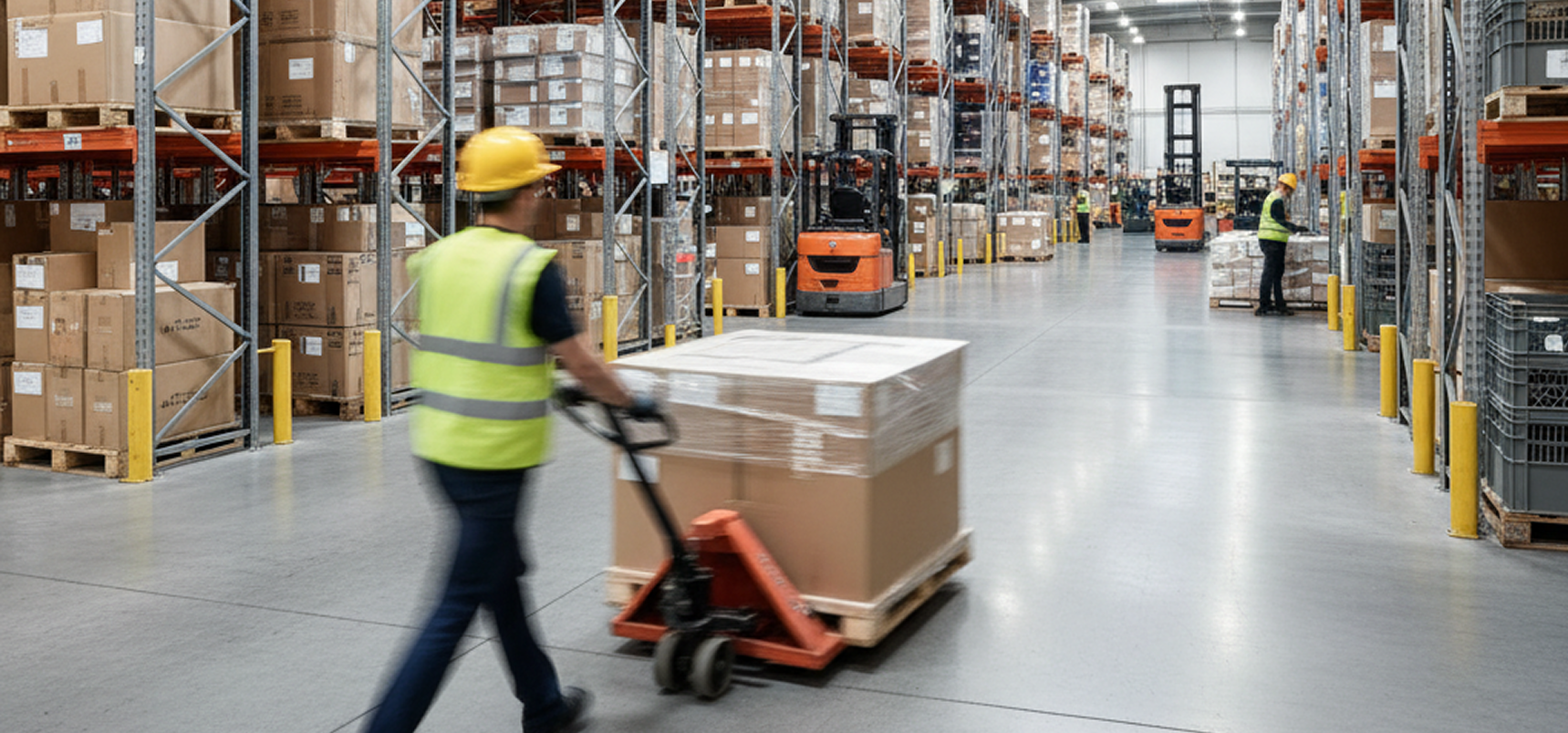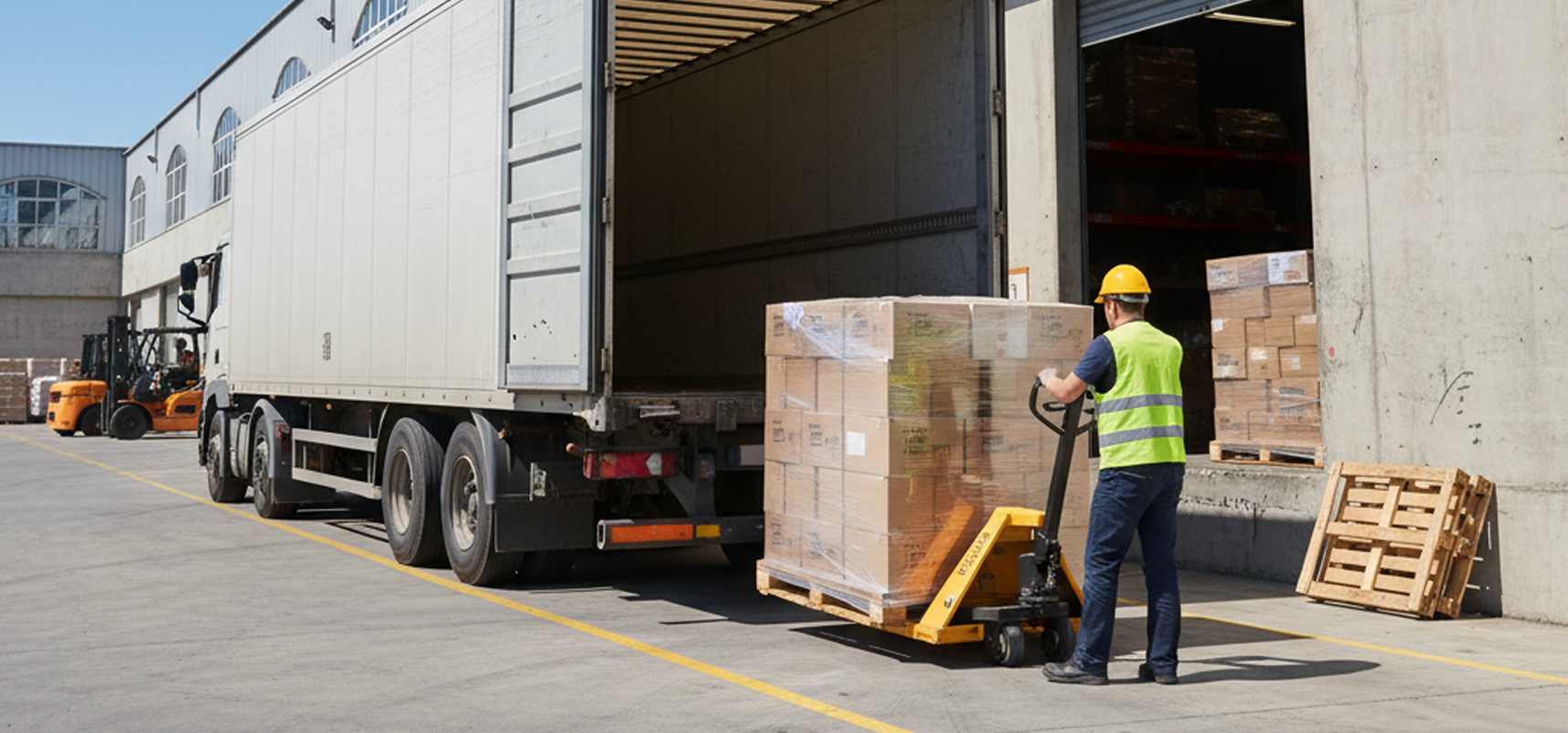Shenyang has modern, high-quality infrastructure with advanced digital networks, efficient transportation systems, and ongoing improvements in urban amenities and public services.
Population
Area
Density
143.9K
The projected net population growth in Shenyang for 2024 is not specified.
69.7%
59% of Japan’s population is of working age, reflecting ongoing demographic shifts and an aging society.
Key industries include equipment manufacturing, automotive, electronics, and software, with major corporations like Brilliance Auto, Shenyang Machine Tool, and Neusoft playing significant roles.
Tertiary attainment among young adults aged 25-34 in OECD countries increased from 45% in 2019 to 48% in 2024, placing it among the top OECD nations.
Foreign Residents
The average income for foreign residents in Shenyang is about 365,400 CNY with 25% earning less than 217,900 CNY.
Ethnic Composition
Foreign residents in Shenyang surpassed 0.1 million in 2024, making up about 1.3% of the city population, with largest groups from South Korea, Japan, Russia, and the United States.
1.072 million people commute daily in Shenyang primarily by metro rail from suburban and residential districts into the central city for work.
Shenyang continues to attract residents from other regions with a net inflow of 39,000 people in 2024.
365.4K
The average annual income in Shenyang is about 1.24 million yen, though more than half earn less than this amount.

20.4%
Warehouse lease rates in Shenyang typically range from $2.5 to $10 per square meter per month depending on location and class, with higher-class facilities commanding premium rates.
Hunnan District (Ecommerce Logistics Park), Yuhong District (Shenxi area), and Liaozhong Park (Comprehensive Bonded Zone)
Shenyang's last-mile delivery infrastructure features logistics hubs, bonded warehousing, decentralized service centers, micro-delivery vehicles, and parcel lockers to support efficient e-commerce and international trade fulfillment.
Warehouse automation in Shenyang involves the integration of advanced technologies such as robotics and automated systems to enhance efficiency and productivity, though specific details about Shenyang's adoption are not readily available.
Shenyang hosts major cold chain logistics facilities including the PDA-YIDU Northeastern DC with 300,000 tons capacity and 350,000 square meters of cold storage area, serving as the largest agricultural cold chain infrastructure in Northeast China.

Equipment manufacturing, automotive, aerospace, heavy machinery, chemicals, pharmaceuticals, electronics, IT/software, biomedicine, metallurgy, construction materials, logistics, agricultural products processing, energy, and financial services.
Prologis, Seapoe Global Relocations, Yuhang Jiachuang (Shenyang) International Logistics Co., Ltd.
Shenyang's import/export volumes are moderate, with key trading partners including ASEAN, the EU, and Belt and Road Initiative countries, and major traded goods such as machinery, electronics, and wood products.
Shenyang’s supply chain resilience in 2025 is challenged by external risks such as geopolitical instability, transportation disruptions, cost fluctuations, and inadequate collaboration, making proactive risk assessment and diversification essential.
Shenyang has a highly developed industrial base with strong capabilities in equipment manufacturing, automotive production, chemicals, construction, advanced materials, and high-tech sectors such as semiconductors and high-voltage batteries.
Heavy machinery, automotive, chemicals, pharmaceuticals, and robotics/intelligent manufacturing are the main industry clusters in Shenyang.
Shenyang’s key competitive advantages as a logistics/business hub are its status as the largest economic and integrated transportation center in Northeast China, featuring the region’s biggest international airport, largest railroad hub, major port, advanced highway network, strong heavy industry and manufacturing base, and newly established international TIR logistics hub enhancing cross-border trade.
Detailed evaluation of Shenyang's infrastructure quality, investment projects, utility systems, and environmental considerations for strategic planning.
Shenyang's infrastructure quality and capacity are improving with ongoing transformation efforts in old industrial cities and the development of the China-Germany Equipment Manufacturing Industrial Park.
Shenyang is advancing major infrastructure projects as part of China's national push, including high-speed rail expansions and urban integration, but specific investment figures or project details for Shenyang alone are not provided in the available data.
Shenyang has built 20,000 5G base stations ranking first in Northeast China, operates coal-fired power stations including a 50MW facility, and is constructing international internet channels while expanding urban electricity distribution networks.
Environmental factors affecting logistics in Shenyang include PM2.5 concentrations averaging 49 μg/m³ annually with significant seasonal variation, wind speed as the most important meteorological factor, and spatial distribution differences across monitoring stations that impact transportation and logistics operations.